The Carl Zeiss Hologon 16mm f/8 has to be the most eccentric lens I’ve used to date. It’s possibly one of the most rare lenses I’ve used too. Largely because of its rarity and eccentric nature, it’s also a lens I’ve wanted to try for quite some time too. So when the opportunity to borrow one for a little while came up, I practically tore the guys arm off!
This is actually the second Zeiss Hologon 16mm f/8 I’ve come into contact with. The first – still in its native Contax G mount – was part of a full set of Contax lenses my local London Camera Exchange had in second hand a year or so ago. Unfortunately I couldn’t afford to buy the kit, so I wasn’t able to do much more than look at it. Seeing it every time I walked in the shop for a week or so certainly piqued my interest in it. Just on face value its a interesting little thing. With its low profile all metal body, oversized domed objective lens and focusing lever poking out the side, it’s so unusual in appearance that it makes you want use it, if for nothing other than just the experience.
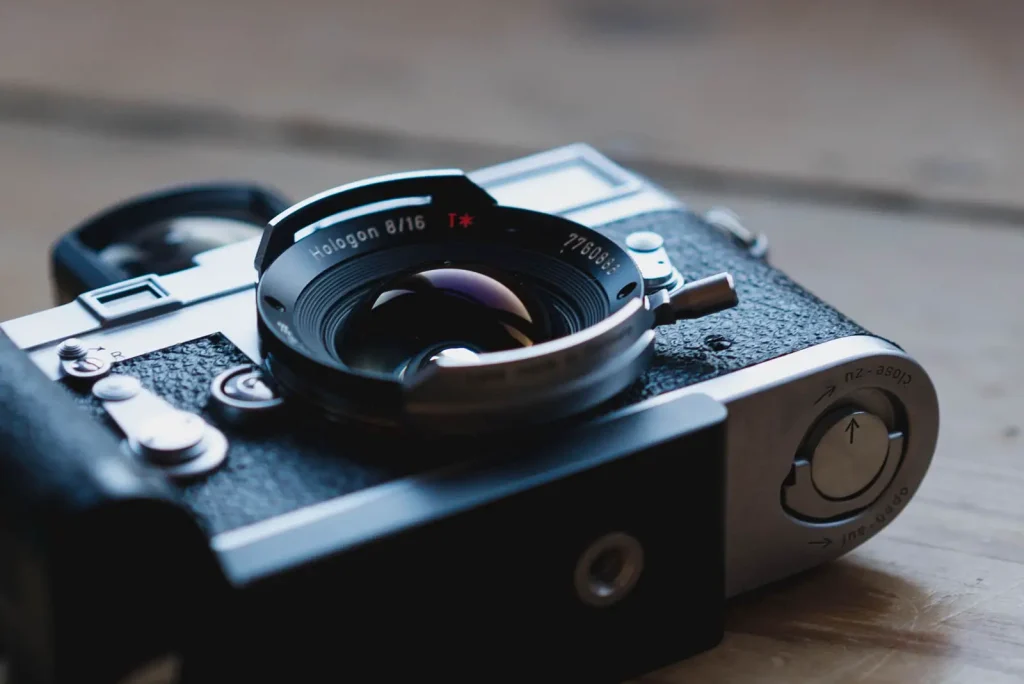
Conversely, the on-paper specification almost makes me balk at it. Firstly it’s 16mm, a focal length that definitely falls into the realms of ultra-wide, and is therefore a massive challenge for me to frame anything in a half interesting way with. Secondly it’s fixed at f/8, so is quite a slow lens, and leaves shutter speed as the only way of altering exposure when mounted on a film camera. Thirdly, for it not to vignette it needs an accessory radial graduated filter that reduces the light gathering power of the lens to the equivalent of f/16. In short, it would appear fairly impractical to use.
Being honest, these practical shortcomings had put the realist in me off the lens entirely. I had thought about trying to raise the cash to buy the whole kit in London Camera Exchange just to have a go with the 16mm really. But – most unlike me – I’d rationalised against it. I’m not the biggest fan of the Contax G series cameras anyway, despite their excellent lenses I find issue with other features. So the idea of an impractical lens on a camera I didn’t like, just didn’t appeal in the end. It’d also crossed my mind to source an M mount converted one like the one I have here today, but £1500-£1700 for an impractical lens just seemed madness when I could buy a Voigtlander 15mm f4.5 probably 6 times over for the same money. In fact, I had got to the point of wondering what on earth people were thinking of when they bought one of these lenses.
I must admit, much of this was forgotten by the time James offered to sell me this one. I’d certainly forgotten its value. So when he asked me if I was interested I just asked “how much”. I nearly dropped my iPhone when I saw £1600 come up on the screen. It all came flooding back, this is that lens that’s insanely expensive and doesn’t make any sense to to buy. But hang on, James is a normal guy, I’ve met him, and I’ve had quite a few conversations with him on various social media platforms since, and he doesn’t seem to be a lunatic. He must know something I don’t!
Unfortunately despite my interest being piqued once again, there was no way I could afford the kind of cash needed to part this lens from his hands. Of course, in the next breath he offered to loan it to me, and that was a deal I could get on board with.
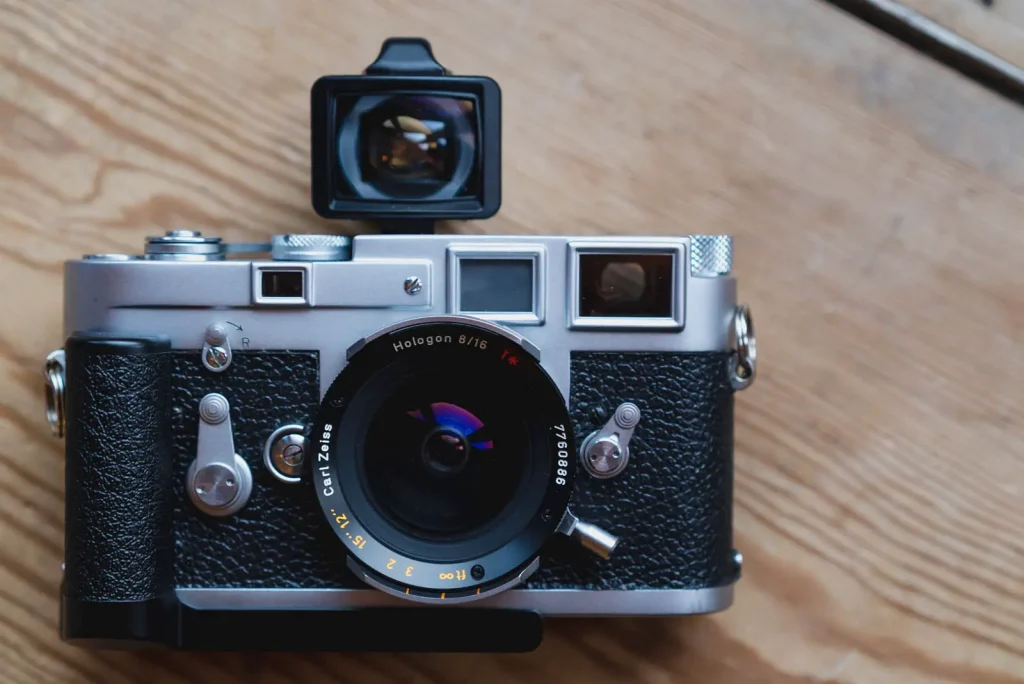
My Carl Zeiss Hologon 16mm f/8 Review
I’m going to begin with what this lens is like to use. For a start, just look at the thing! Whatever you think it’s like to use, you’re probably right! That great big hemisphere sticking out the front of it, it couldn’t possibly look more impressive. It couldn’t look any more prone to getting knocked or scratched either. The bare metal filter mount at the top and the bottom of the lens give the glass some protection from being knocked, but I still wouldn’t want to wave it around near a brick wall. Then there’s the fact that if it wasn’t for the filter mount – even at the closest focus – the black lens surround would only protrude from the body of the camera about 7 millimetres, and the whole lens only protrudes about 10mm. Even with the filter on (which I shall get to in a second) it is one of the more low profile lenses I’ve used on an M mount cameras. It’s so low profile to a Leica, that looking closely, it would seem that as part of the modification to make it M mount, some of the focusing lever had to be filed back so as not to interfere with the frame line preview lever.
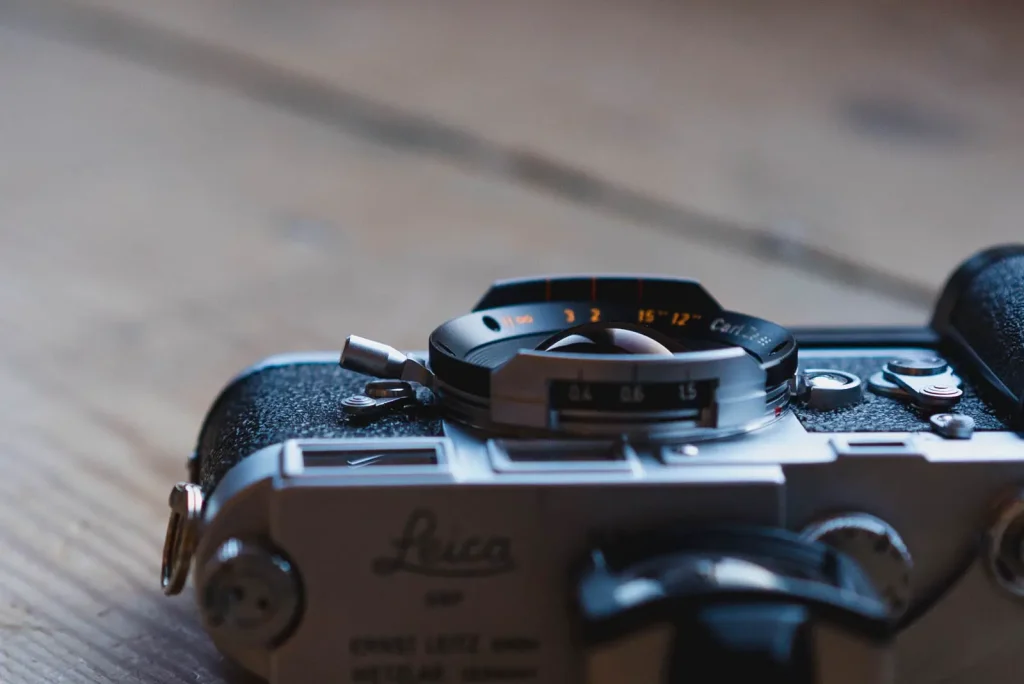
Despite its tiny size though, it feels beautiful to use. It’s surprisingly weighty in the hand off camera, and then on camera the focus is completely smooth. This would probably be when I’d normally mention the tactile nature of the clicking of the aperture… but of course it’s a fixed aperture lens so it doesn’t have anything to click (another subject I shall return to in a moment).
The only problem I found with the lens in use was getting my fat hands in frame. I’m not sure what I thought I was doing, but my left hand strayed into at least two pictures… I think the moral of the story is to take your fingers away from the focus lever before shooting.
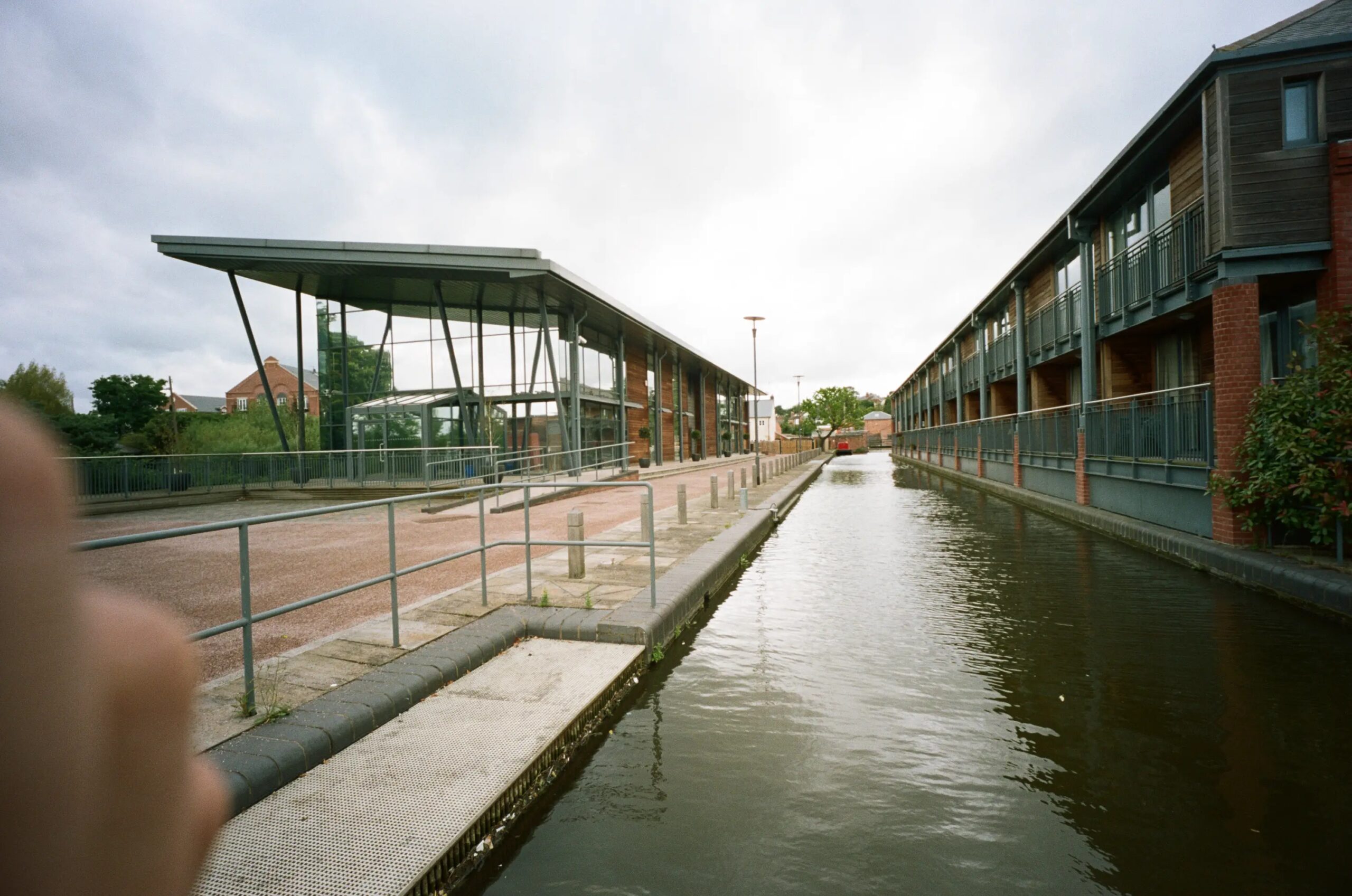
The viewfinder
Unfortunately the viewfinder doesn’t quite feel as nice to use. Made out of thin feeling metal and plastic, it doesn’t ooze the same quality as the lens itself. That’s not to say it feels rubbish, it’s pretty good by normal standards, it’s just a bit like those plastic dials on the back of some Leicas, I just can’t help wonder why they didn’t make something a little higher quality. Unfortunately it’s build quality isn’t the only frustration, it also distorts more than I’d like, and lacks frame lines. I much prefer finders with frame lines, especially wide angle ones, I just find them a good deal easier to use. It does have a built in bubble level though, which is quite nice, though would be nicer if it worked on more than the one axis it does. This all said, this is just the viewfinder, and I’m sure if I did own this lens I’d probably just get and use one of the nice round metal Voigtlander finders or maybe the newer Zeiss 15mm frame lined finders. I’m sure I could make do with the very slight difference in field of view.
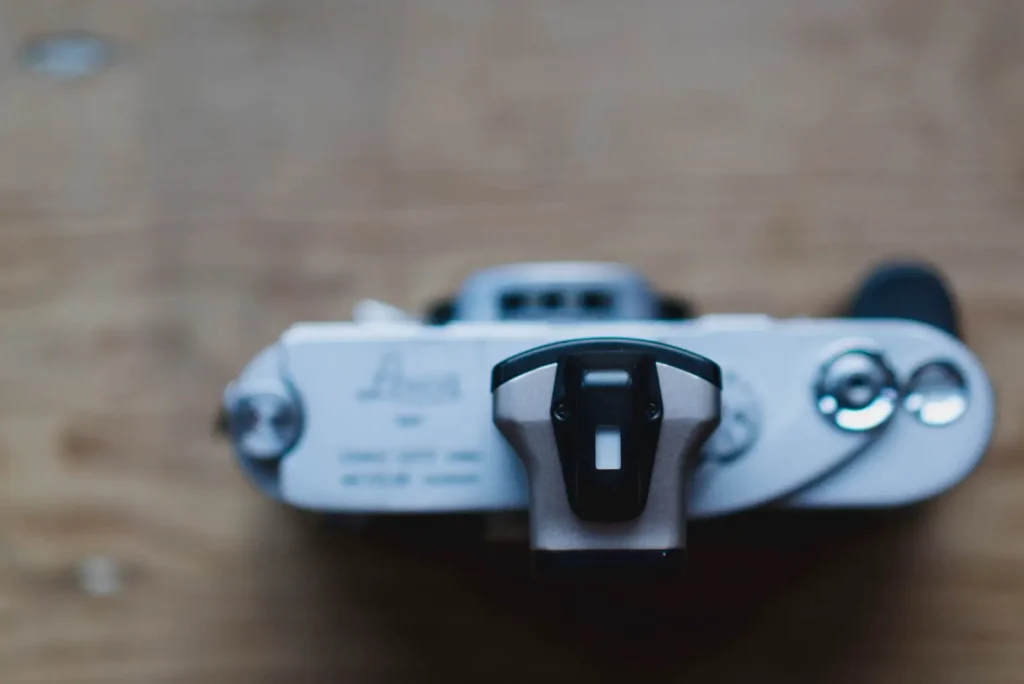
The accessory filter
For me, the accessory filter is a little redundant. This is probably a personal taste thing, but to my mind if you’re going to use this lens, you might as well embrace it’s “shortcomings”. Probably the lenses most obvious shortcoming is its heavy light fall off. Since the filter effectively renders the lens an f/16 lens, it means the corners of the lens must lose two EV! This is fairly heavy levels of light fall off! But if I’m honest – especially since it isn’t my lens – I was more concerned about the filter falling off. It is a snug fit to be fair, but I was so worried I’d lose it I only used it a couple of times.
Fixed f/8; a limitation?
The fixed f/8 limitation is something that I was convinced I wouldn’t get over. Yet, it’s also something I got over almost instantly. What I’ve realised is that it all comes down to the mind set with which you approach this lens. In a way, I’m in the quote fortunate position of not having bought this lens. So since I’ve not invested a lot of money in it, my approach to it hasn’t been impacted by any buyers remorse or expectation bias. If I’d bought this lens, I might be hoping I’d be able to use it in a very broad set of usage cases; I’d be wanting to get my money’s worth out of it. But since I didn’t buy it, I’ve been quite accepting of its limitations. I haven’t been bothered when f/8 just isn’t a big enough aperture, when I’ve been in lower light, I’ve just not thought to shoot with it. Not buying this lens has given me a better perspective on seeing exactly what it is. More importantly though I have been able to get a good grasp of what this lens is for, rather than worrying about what it isn’t.
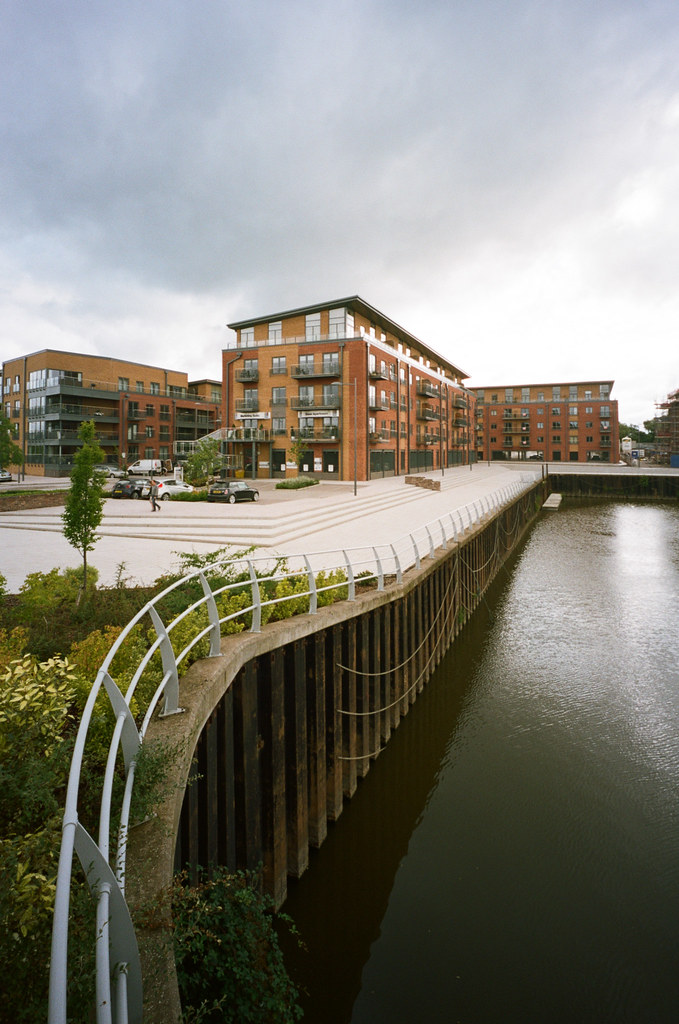 If you are thinking of buying one of these lenses, based on my experience with it, I think I can offer some advice that will aid the right mind set. It’s my feeling that the fixed aperture should be a feature you buy into, and not concern yourself with. There are plenty of wide angle lenses with adjustable apertures, some many cheaper than this, some possibly as good quality in some respects. But none of them are as unique in they way they present themselves in use. And as much as anything else, it is how this lens presents itself in use that makes it such a special lens. This is partly down to the aforementioned build quality of the lens, but a big part of it is also the process of shooting a fixed aperture lens; a process that had quite an unexpected affect on me.
If you are thinking of buying one of these lenses, based on my experience with it, I think I can offer some advice that will aid the right mind set. It’s my feeling that the fixed aperture should be a feature you buy into, and not concern yourself with. There are plenty of wide angle lenses with adjustable apertures, some many cheaper than this, some possibly as good quality in some respects. But none of them are as unique in they way they present themselves in use. And as much as anything else, it is how this lens presents itself in use that makes it such a special lens. This is partly down to the aforementioned build quality of the lens, but a big part of it is also the process of shooting a fixed aperture lens; a process that had quite an unexpected affect on me.
Shooting a fixed aperture lens
What I found is that shooting a lens with a fixed aperture has a similar impact on me to working with a prime over a zoom. Prime lenses focus (pun) the mind, they remove the distraction of choice. This is an almost unanimously shared view of those who enjoy primes. This is the exact same feeling I got from this lens. By not having the choice of different apertures I was forced into making a creative decision solely based on the one aperture. I found this was quite a liberating experience. With such massive depth of field on hand, the choice was incredibly simple too. Did I want the whole of the foreground in focus, or did I want to more err toward very broad depth of field and infinity focus? 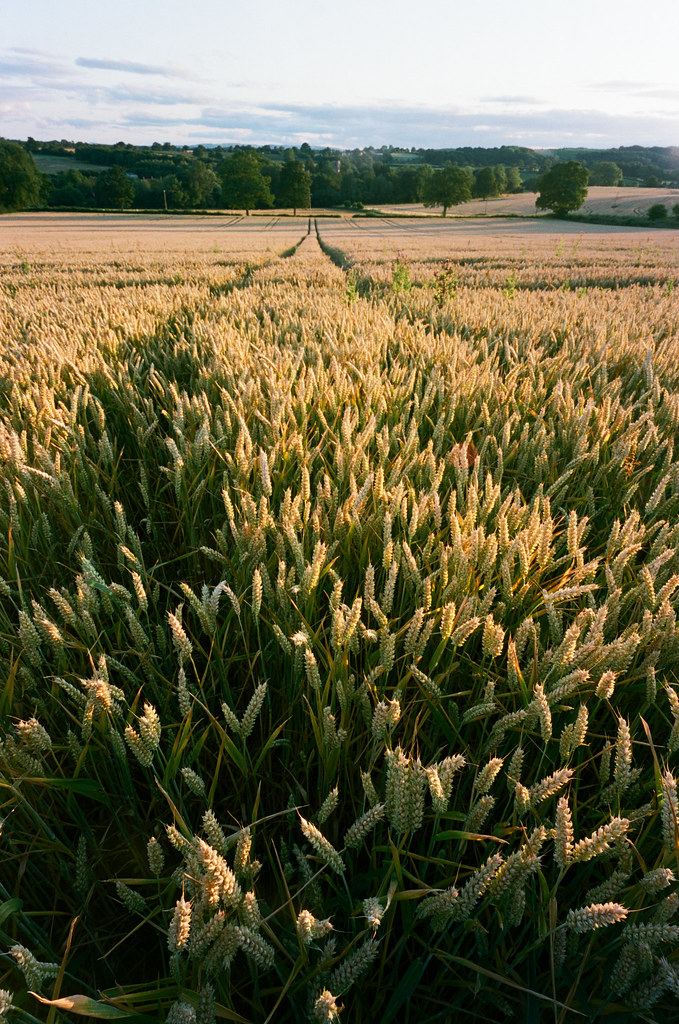
This question was answered simply by what I was pointing the camera at. If there was something in the very near foreground, it was very likely that was my subject anyway. The rest of the time, the 0.6m to infinity covered it. Had I the choice to stop down to f16 I would have been in a dilemma a few times. Should I stop down for the extra depth of field, or should I shoot at the lenses optimum? I know I would have thought like this, as it’s a thought process I quite often go though with my other lenses. With this lens, the only real choice was whether or not to use the filter.
The Zeiss Hologon 16mm f/8 image quality
Its vignette is probably it’s most notable character trait as a lens, but if you can get past that, it’s quite a impressive lens optically.
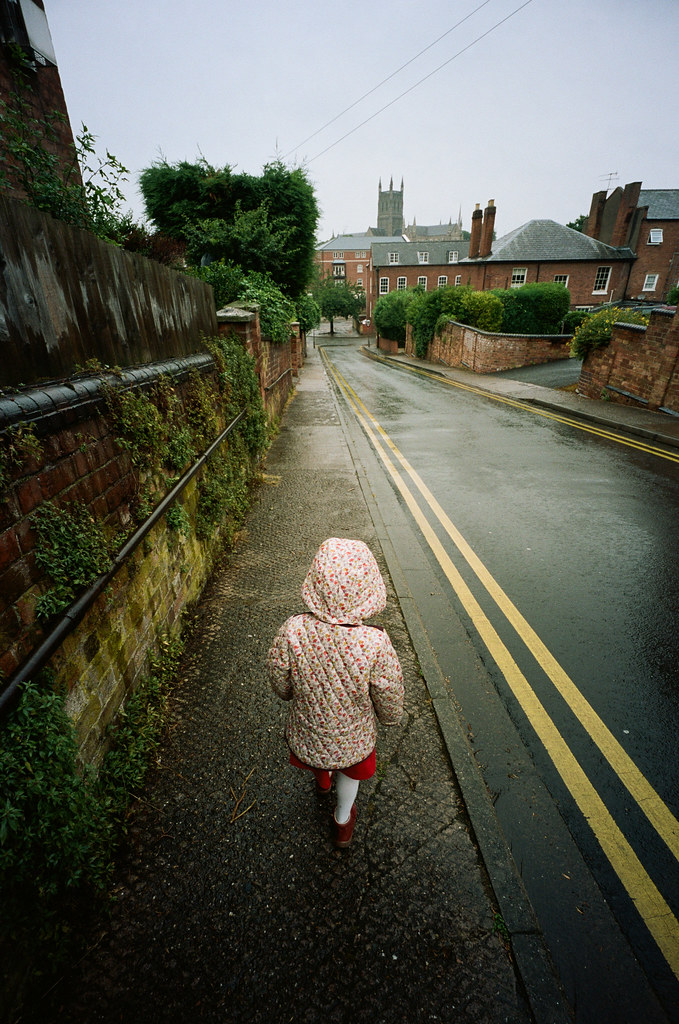 It’s certainly sharp, and moreover it’s sharp right into the corners.
It’s certainly sharp, and moreover it’s sharp right into the corners. 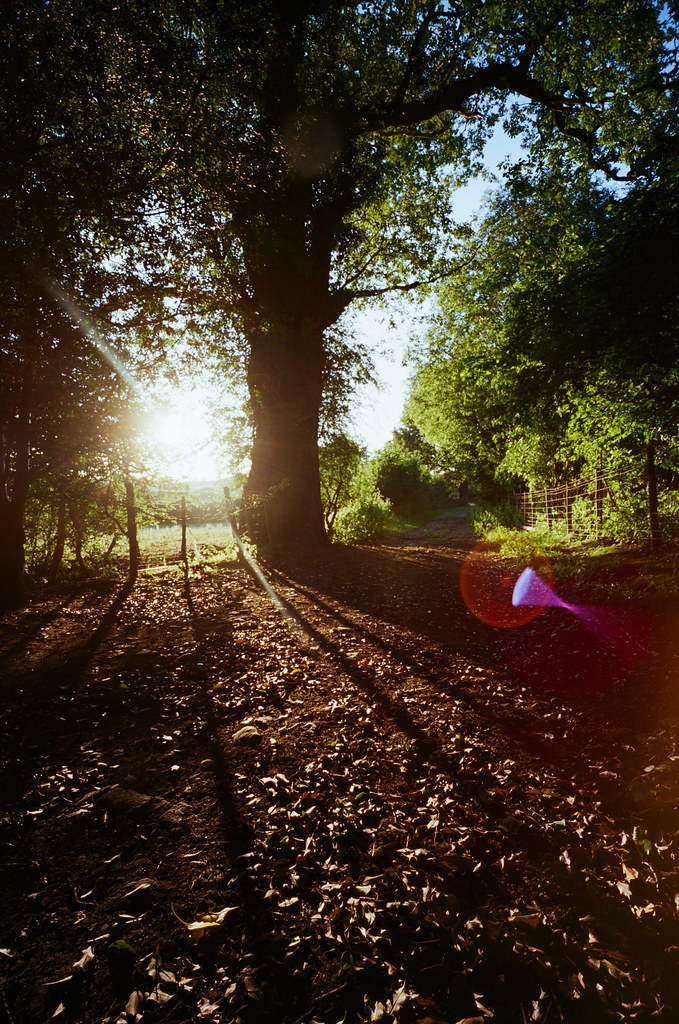
It’s most impressive attribute though is how it doesn’t distort. I’ve used a few ultra wide angle lenses in my time, and distortion is a feature I’ve come to expect. I don’t think I noticed any distortion in my images, verticals and horizontals even right up to the edge of the frame are dead straight!
For such a wide angle lens, with such a huge objective lens it doesn’t veil as much as I thought it might either. And though it does suffer with flare, if you point it at the sun, the resulting ghosts are quite pretty really, at least in my opinion, though of course I know others will disagree with me.
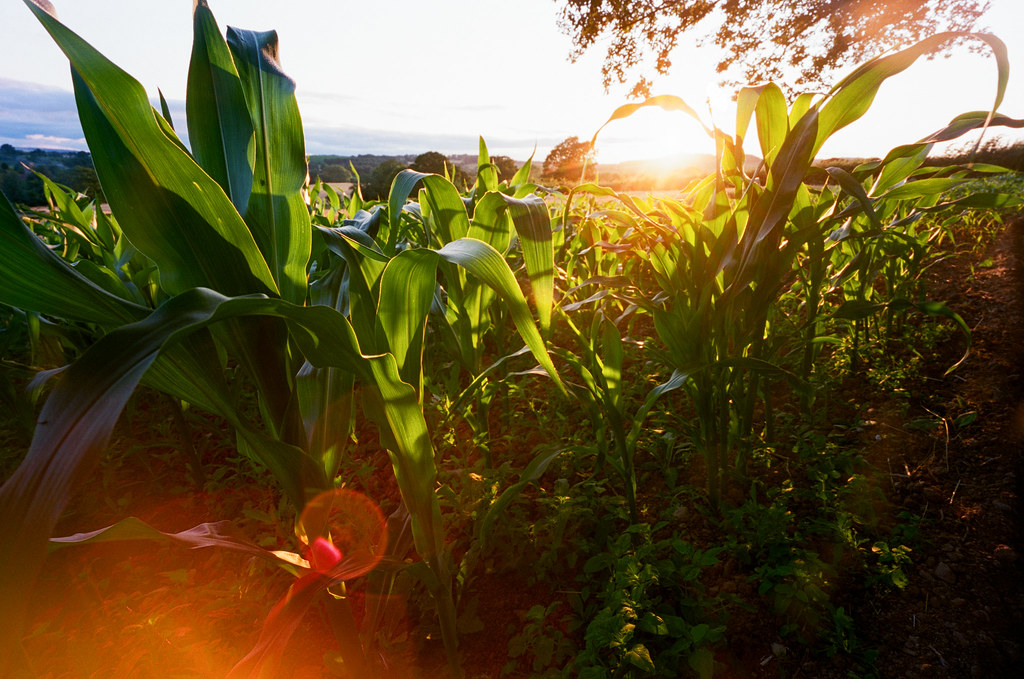
Conclusion
If you take photos with a Leica, you’re probably a certain type of person. You’re the type of person that wants something a little special. Yes you can justify your purchase with old “it will last a lifetime” arguments, I do that with the people who think I’m crazy all the time. There is a reality though – at least in my view – when buying a Leica, you are also buying something a little special for a little more money than the alternative. That’s the same with this lens. There’s another comparison to Leica cameras I want to make here too. When you buy a Leica – in the same way as when you buy a hammer you don’t worry it isn’t going to make a good spanner – you aren’t worrying about the fact that it’s going to be broadly inconvenient for birding or track/pitch side sports photography. When you buy a Leica you’re just thinking about the things it is going to be good for.
What I have realised after spending some time with it is that The Zeiss Hologon 16mm f/8 is a little like a Leica camera in both these ways. Firstly, owning it doesn’t have to be entirely rational. It’s fine to own a lens like this because it is something that is a little unique, something a little special. And of course – provided that objective lens doesn’t interact with any brick walls – like a Leica it is impeccably made and so should last a lifetime. But also like a Leica, it fits a specific purpose. It’s an ultra wide angle lens, and as such already has a fairly narrow band of usefulness. And it being a fixed f/8 lens only further serves to narrow that band of usefulness. But, if you appreciate shooting with kit that imposes certain limitations, then the limitations posed by this lens might actually be a good thing rather than a bad one.
These notes of positivity are not all though, as actually all they really do is precede the lenses primary positive attribute. All of the above would be irrelevant if it didn’t take great photos, but of course it does. Ok, it does vignette, and it does flare, but these are character trait I can forgive in a lens especially when the results are also broadly lacking in distortion and are nice and sharp into the corners!
So would I buy one?
Well, no, it’s not for me! Not because I don’t think It’s a great lens, I just don’t shoot this wide frequently enough to warrant the investment. That shouldn’t answer the question about whether or not you should buy one though. If you’re a Leica (or Contax of course) shooter, and you enjoy shooting a wide angle lens, the Zeiss Hologon 16mm f/8 has to be on the list to try, even if it’s just for the awesome tactile experience!
You can find more photos here on my flickr
Share this post:
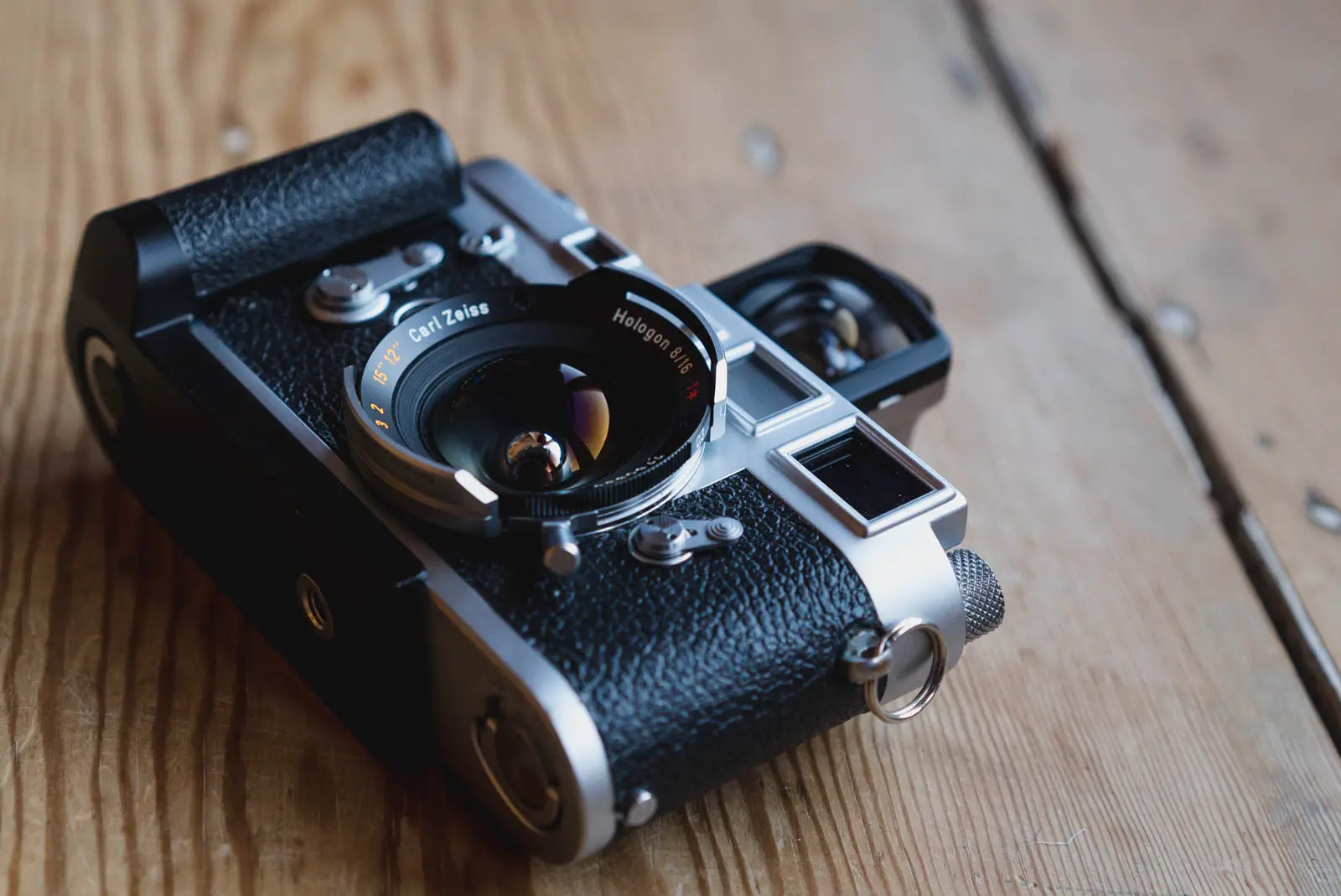
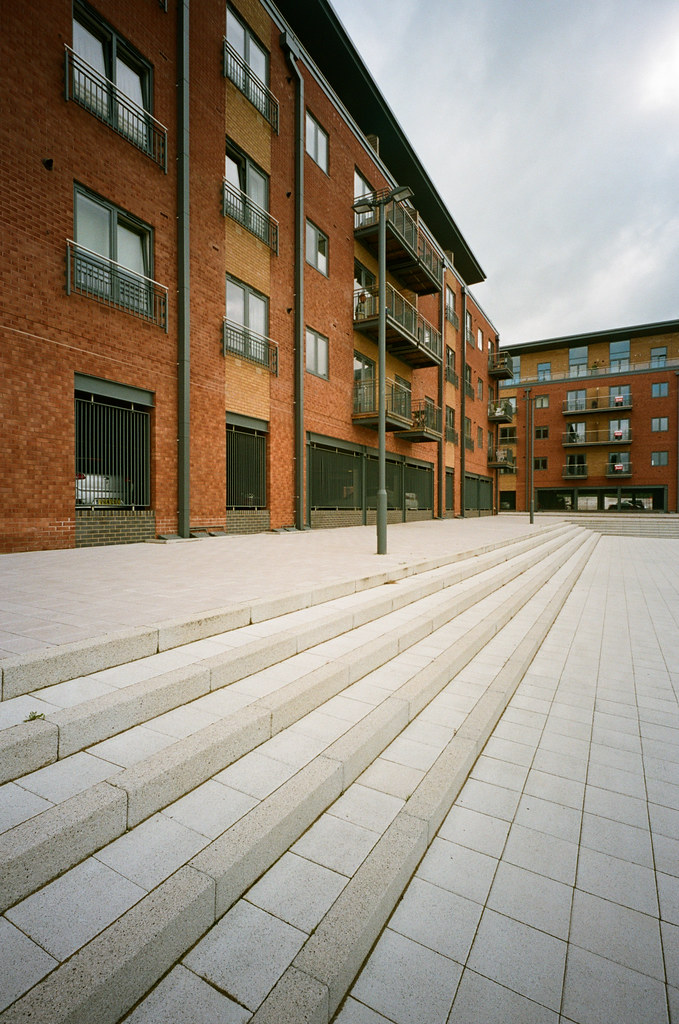








Comments
Blinx on Zeiss 16mm f/8 Hologon Lens Review – M-Mount Modified
Comment posted: 02/08/2015
Experiment with various lenses suggests 24mm is the widest prime I use on a regular basis, and 28mm is a more useful all-rounder. Sometimes the wisdom of the ancients - or at least ancient street photographers - makes sense. For interiors 16mm may have a purpose, but f8 limits its appeal, especially for film cameras. A bit of a novelty focal length, IMO.
Comment posted: 02/08/2015
Aukje on Zeiss 16mm f/8 Hologon Lens Review – M-Mount Modified
Comment posted: 02/08/2015
Comment posted: 02/08/2015
Andrew on Zeiss 16mm f/8 Hologon Lens Review – M-Mount Modified
Comment posted: 02/08/2015
By the way, do you scan your negatives on your own or do you send it to a lab?
Cheers!
Comment posted: 02/08/2015
jeremy north on Zeiss 16mm f/8 Hologon Lens Review – M-Mount Modified
Comment posted: 02/08/2015
A question I have is why pay so much? The conversion for such a lens is probably more than it would cost to buy a Contax G2 body. A standard Contax Hologon 16 would cost a lot less too. Then you'd have an awesome Contax camera too. I've mentioned before that I love the G2
Chris Hunt on Zeiss 16mm f/8 Hologon Lens Review – M-Mount Modified
Comment posted: 11/08/2015
Comment posted: 11/08/2015
Voigtlander 15mm f/4.5 Super-Wide Heliar (V1) Review on Zeiss 16mm f/8 Hologon Lens Review – M-Mount Modified
Comment posted: 29/08/2015
Voigtlander 15mm f/4.5 Super-Wide Heliar (V1) Review | 35mmc on Zeiss 16mm f/8 Hologon Lens Review – M-Mount Modified
Comment posted: 16/10/2015
Allan Weitz on Zeiss 16mm f/8 Hologon Lens Review – M-Mount Modified
Comment posted: 26/10/2015
Comment posted: 26/10/2015
Comment posted: 26/10/2015
Gavin Go on Zeiss 16mm f/8 Hologon Lens Review – M-Mount Modified
Comment posted: 06/09/2017
Raid Amin on Zeiss 16mm f/8 Hologon Lens Review – M-Mount Modified
Comment posted: 16/03/2018
Comment posted: 16/03/2018
Raid Amin on Zeiss 16mm f/8 Hologon Lens Review – M-Mount Modified
Comment posted: 16/03/2018
Danny Kalkhoven on Zeiss 16mm f/8 Hologon Lens Review – M-Mount Modified
Comment posted: 09/03/2021
Superwide images without distortion: I do it for quite a few years, and very cheap: with pinhole!!! One of my favoruite cameras is a 6X6 camera with a "focal length" of 30 mm. That is extreme wide, and as there is no lens, there's no distortion. But yes, it is very slow at f/130.... I cannot attach an example here, but that is not possible. In my website blog there are examples, scroll down to the Rügen or Berlin entries, you will find examples :-)